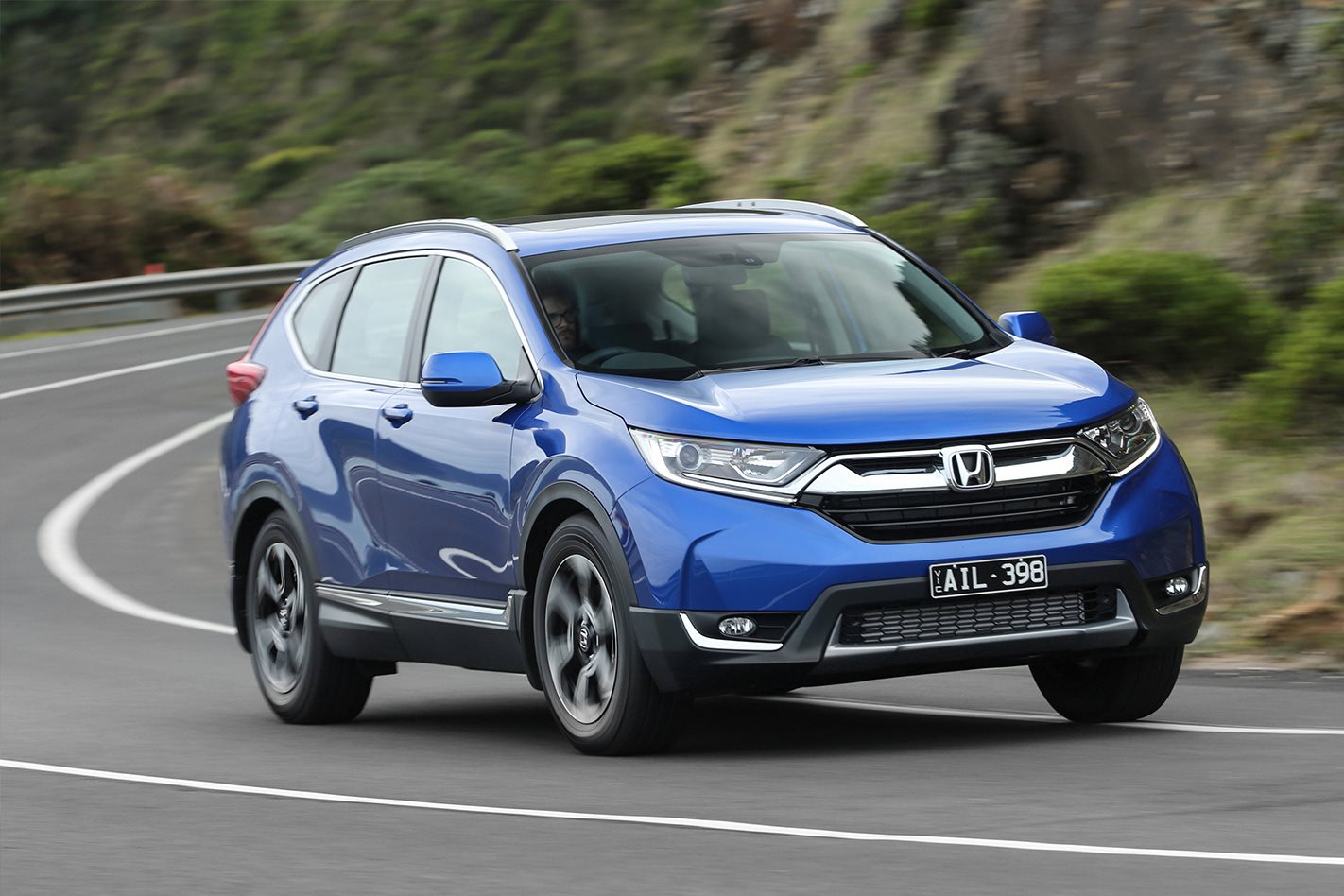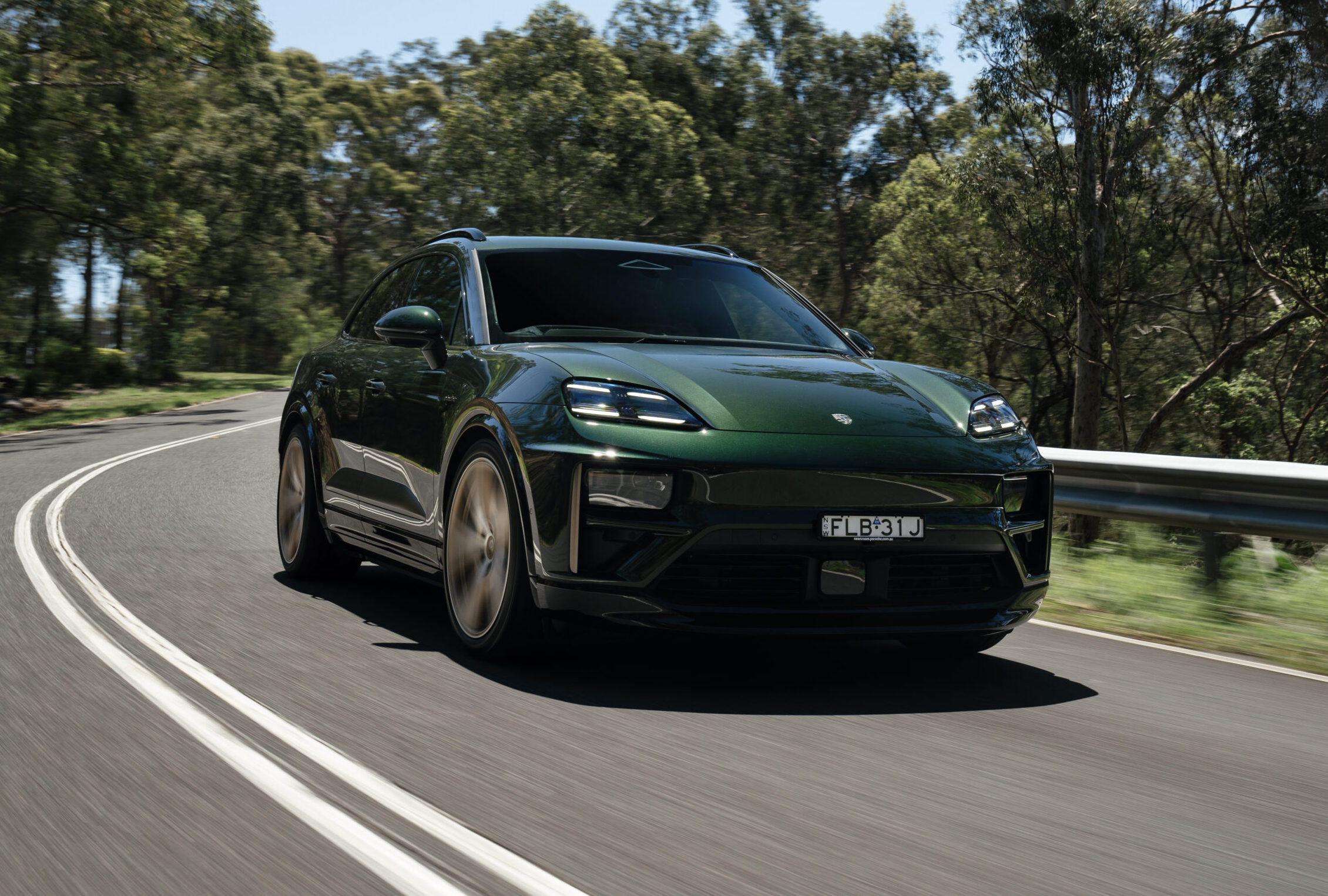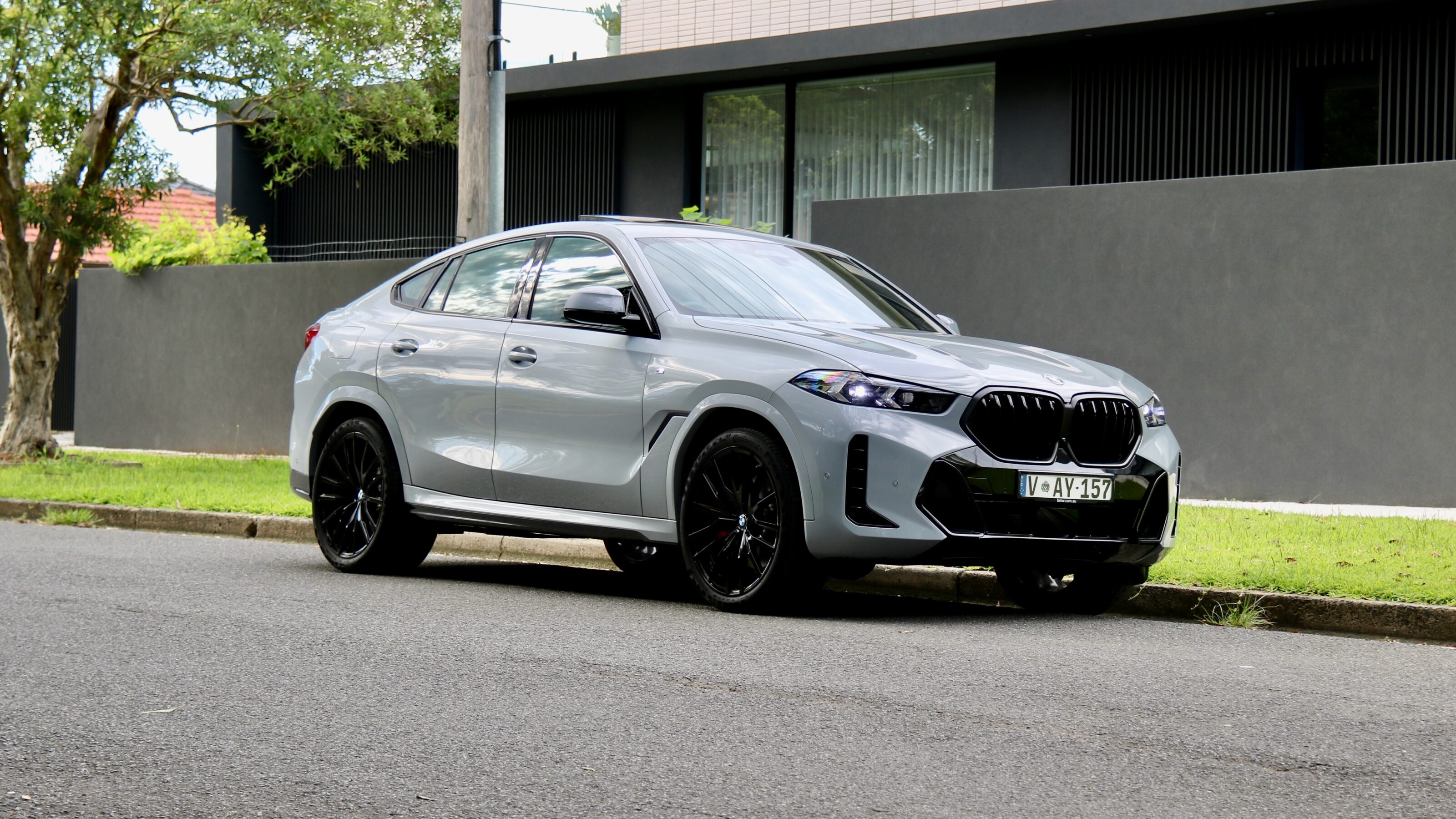HONDA has a lot hinging on the success of its fifth-gen CR-V, and it’s pulled out the stops to give its revitalised mid-size SUV a fighting chance in what is one of Australia’s most hotly-contested segments.
There’s a seven-seat configuration for the first time, strong levels of standard equipment and a completely new platform that promises more dynamic sparkle and refinement.
On the flipside, modern safety equipment like autonomous emergency braking – which is fast becoming standard fare across multiple segments – is missing on all but the range-topper, and the seven-seat option isn’t as versatile as it could be. Is that enough to hold the Honda CR-V back from a spot at the pointy end of the field?

Honda’s new SUV is a beacon of hope for the brand, taking over from its outclassed predecessor, it is making a strong play through, transitioning to an all-turbocharged powertrain range with feature-rich standard equipment levels and, for the first time in Australia, a seven-seat option.
Why are we testing it: Honda has struggled to capture the hearts and wallets of Australians, but the arrival of this box-fresh medium SUV gives the Big H their best shot at turning its fortunes around. The outgoing CR-V was a fairly lacklustre thing, but its replacement shows genuine promise.
Main Rivals:
Mazda CX-5, Toyota RAV4, Volkswagen Tiguan, Mitsubishi Outlander, Hyundai Tucson, and Kia Sportage all line-up against the CR-V in the mid-size SUV segment.
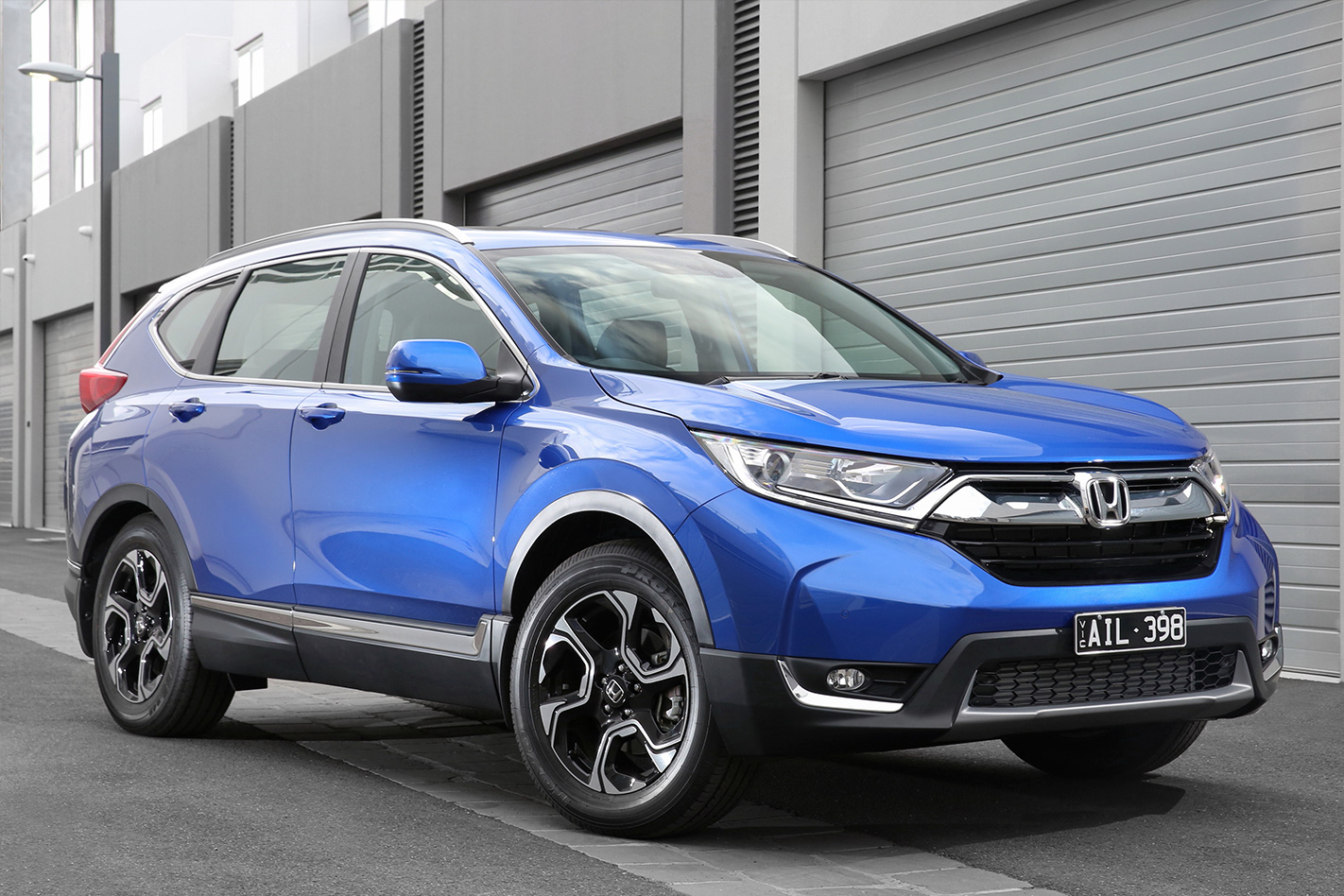
Following on from the well-packaged but dynamically lacklustre fourth-gen model, the fifth- generation CR-V fixes the bigger issues of its predecessor while adding refinement, features, and a third-row option.
There are some oversights – the absence of autonomous emergency braking tech being a big one – but as a whole the CR-V is the modern offering that Honda needs in order to boost its relevance to SUV-mad Australian motorists.
Plus: Roomy cabin; strong value; turbo engine; polished suspension
Minus: Top tether intrusion on third row; big spend required to get seven seats; AEB not range-wide
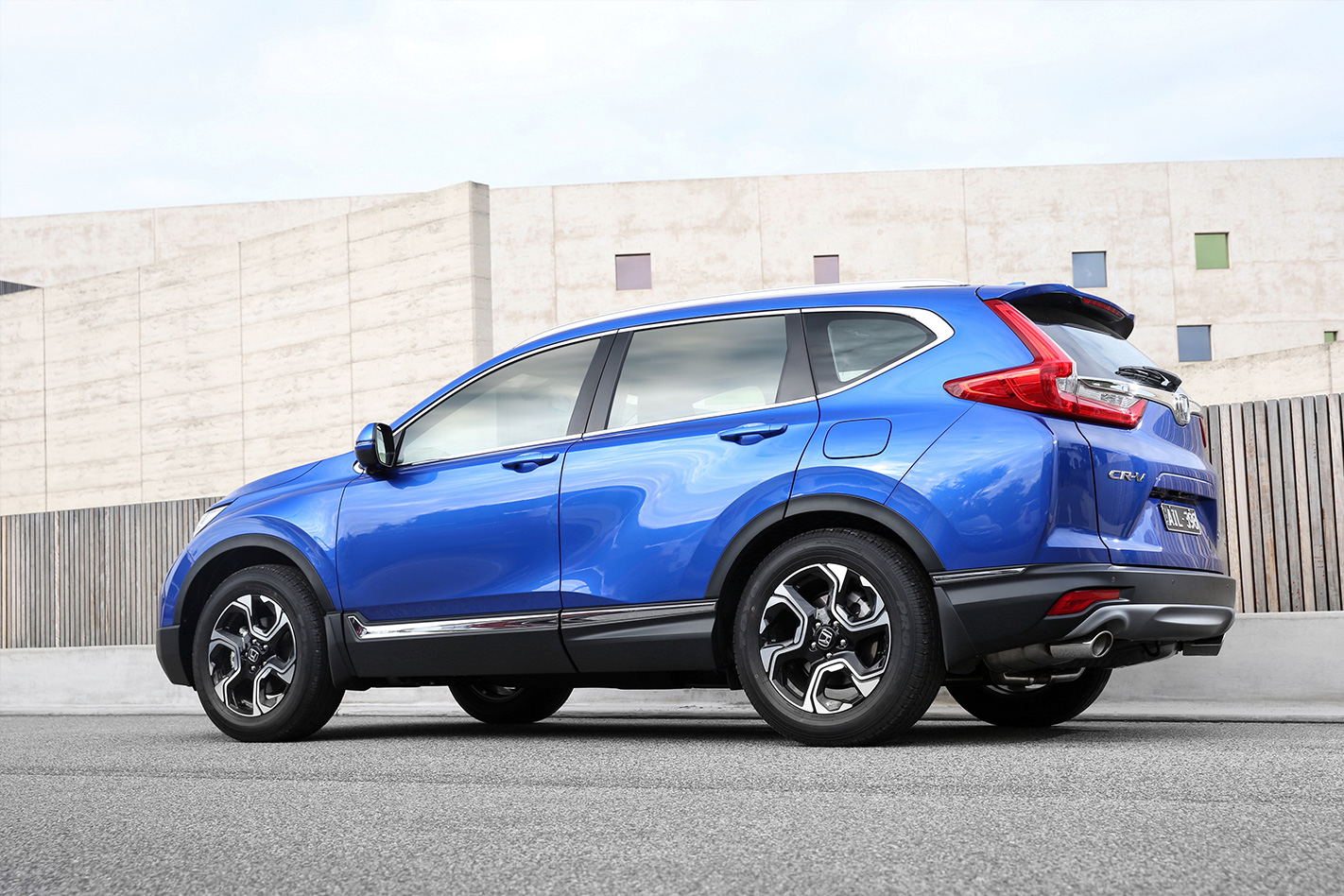
COMPACT Recreational Vehicle – that’s what CR-V stands for. And even though the scourge of ‘bracket creep’ has seen cars grow longer, wider, and taller in successive generations, the all-new fifth-generation CR-V stays true to its name. At 4596mm long it’s just 66mm longer than the first-generation model that debuted in 1997, and in the context of its segment, it’s shorter than the RAV4, Forester, Koleos, Outlander, and X-Trail.
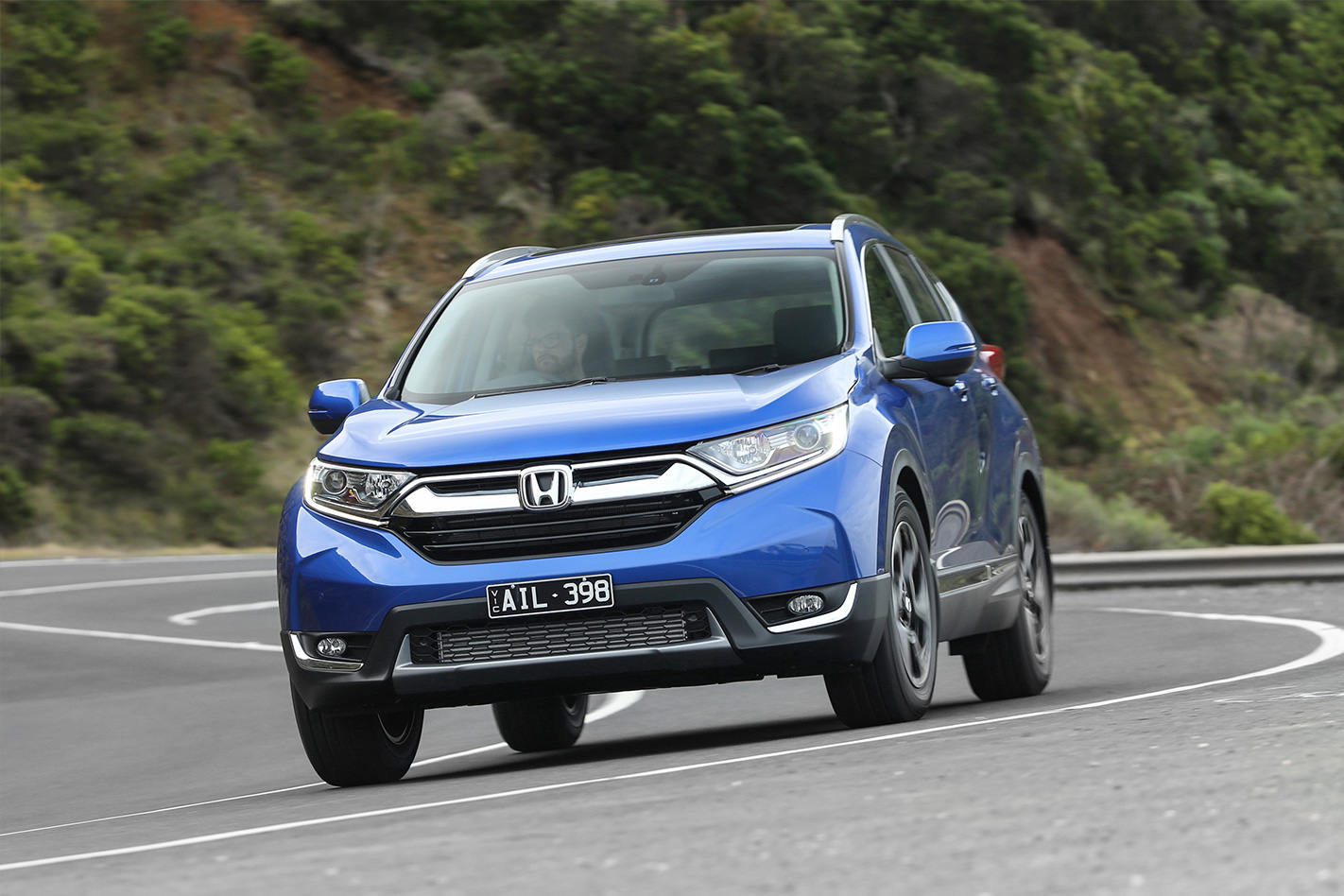
A high-mounted gear selector should feel familiar to those currently piloting a fourth-gen CR-V, but the new car’s interior textures, materials, and design express a more premium aura. The base VTi’s bare urethane steering wheel is a letdown though.
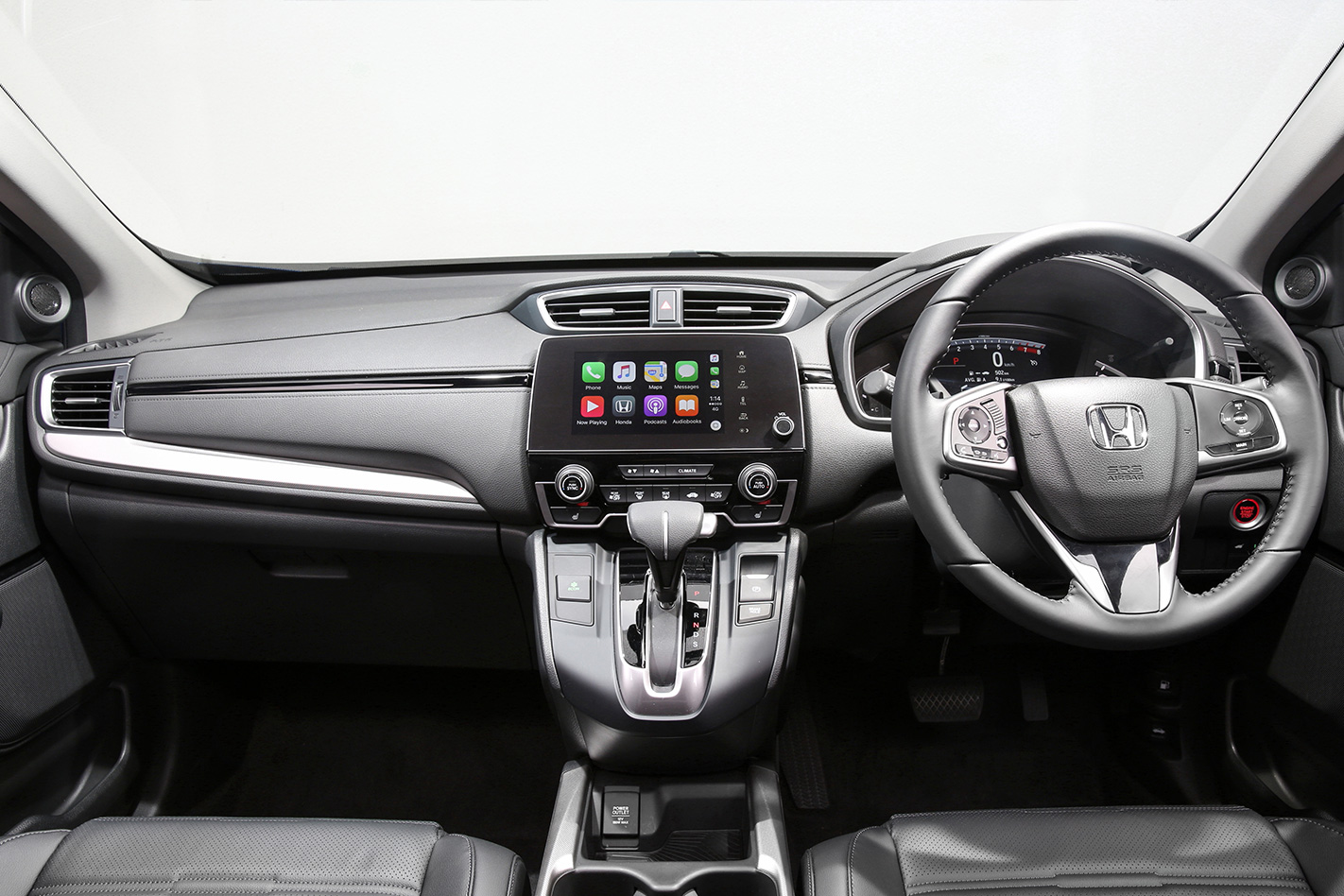
The seven-seater’s second-row bench is also noticeably firmer, flatter, and higher than that of the five-person CR-V, compromising under-thigh support, headroom, and comfort. It takes some of the sheen off the CR-V’s otherwise spacious and well-arranged cabin.
At least there’s plenty of face-level ventilation and a pair of backseat USB charging points to keep passengers content.
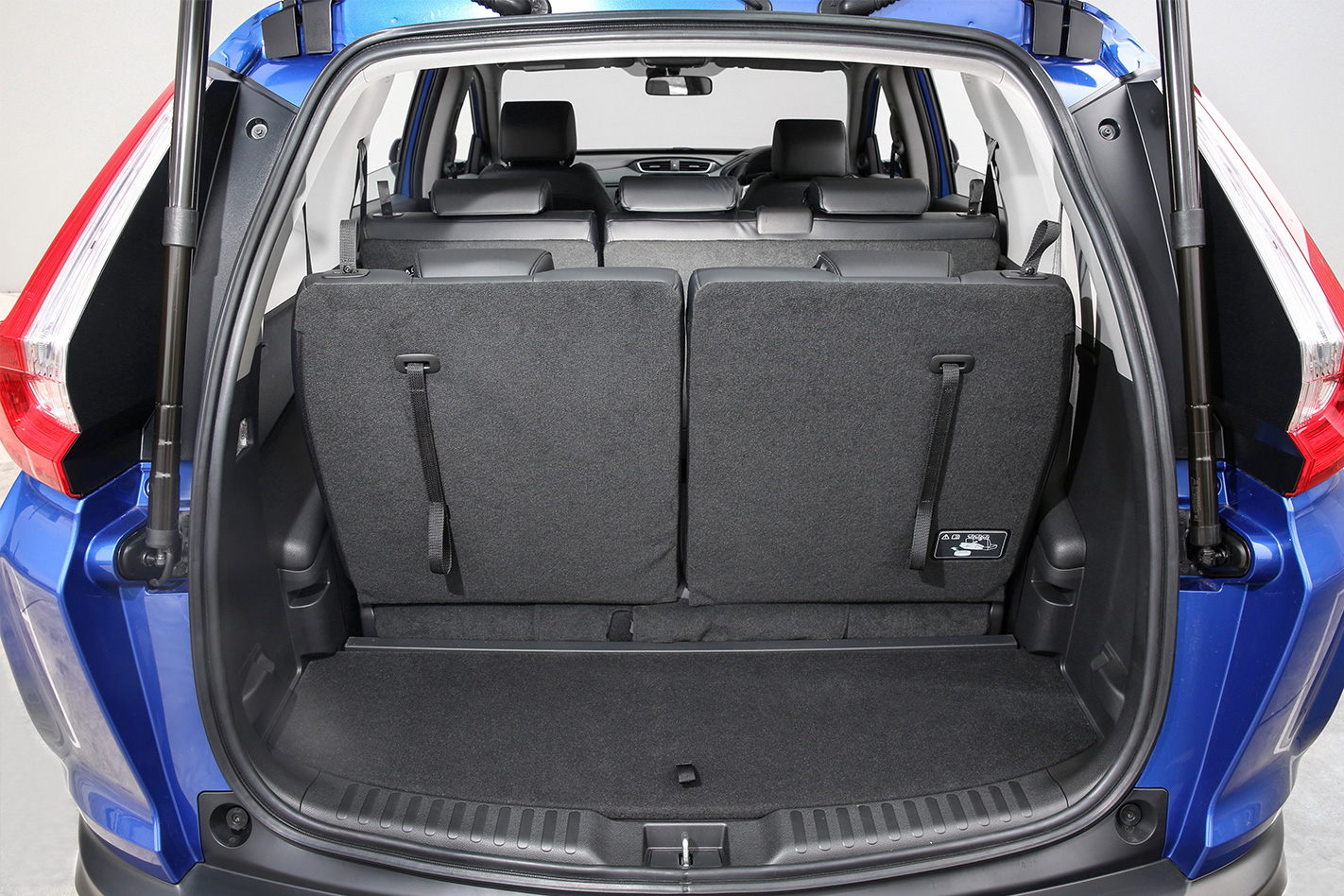
Based on the turbocharged petrol in-line four that powers Civics from VTi-L grade and up, the CR-V’s powerplant boasts slightly larger muscles. A bigger turbocharger and other mechanical tweaks see power rise to 140kW and torque swell to 240Nm, making it the highest-output version of Honda’s 1.5-litre ‘Earth Dreams’ engine, and putting it on even pegging with its predecessor’s 2.4-litre for power and 18Nm ahead of it for torque.
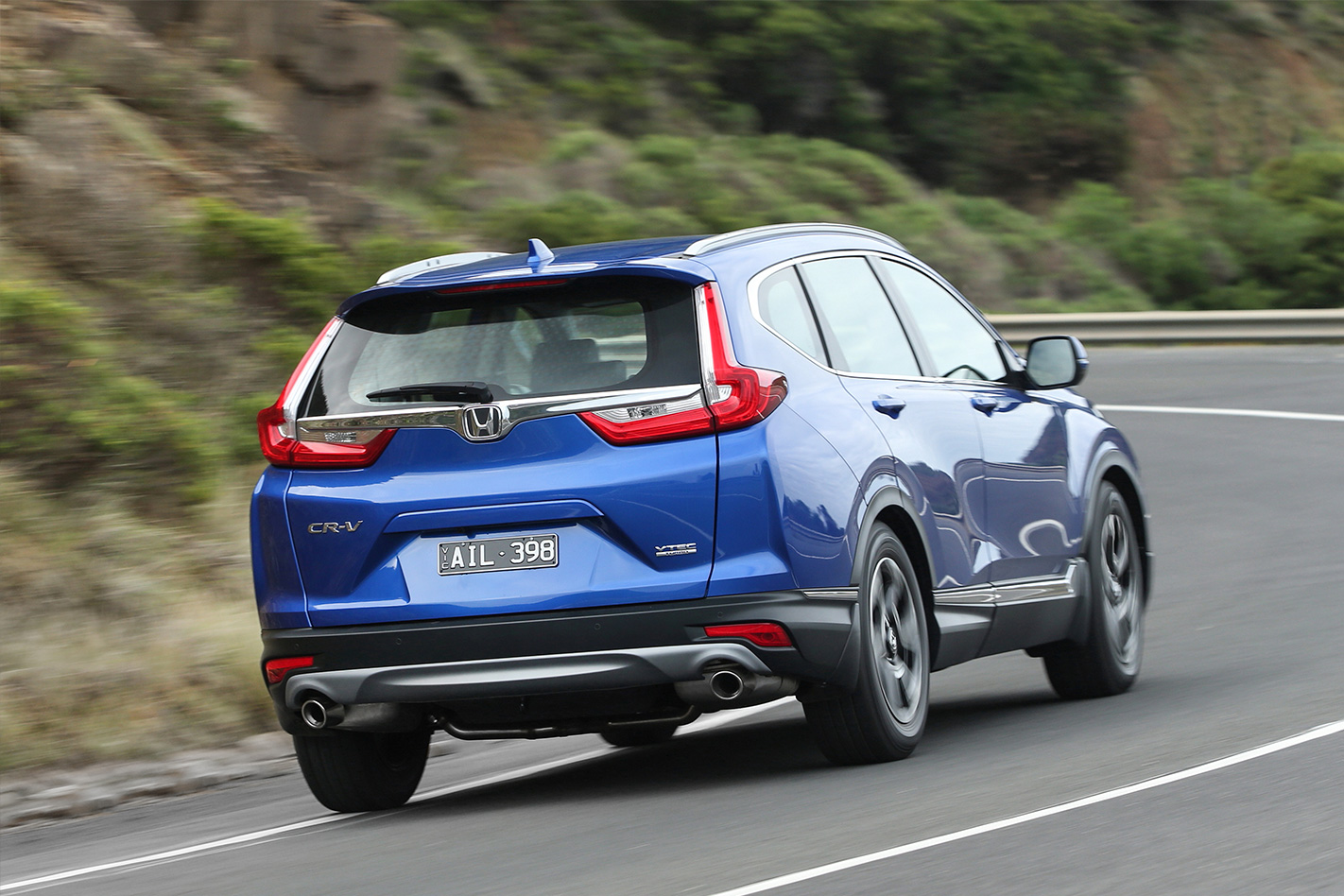
However as agreeable as the drivetrain combo is, it’s in the areas of suspension composure and ride comfort where the CR-V has improved most.
Whether on 17-inch or 18-inch alloys, the fifth-gen CR-V delivers a pliant ride. Body control is better than before thanks to cranked-up rebound damping that eliminates the wallowy ride of the outgoing model, and it feels more agile too.A faster steering rack (with only 2.2-turns lock-to-lock), an extra centimetre of tread width (for a total of 235mm on each tyre), and a lower centre of gravity all contribute to the CR-V’s dynamic advancement.
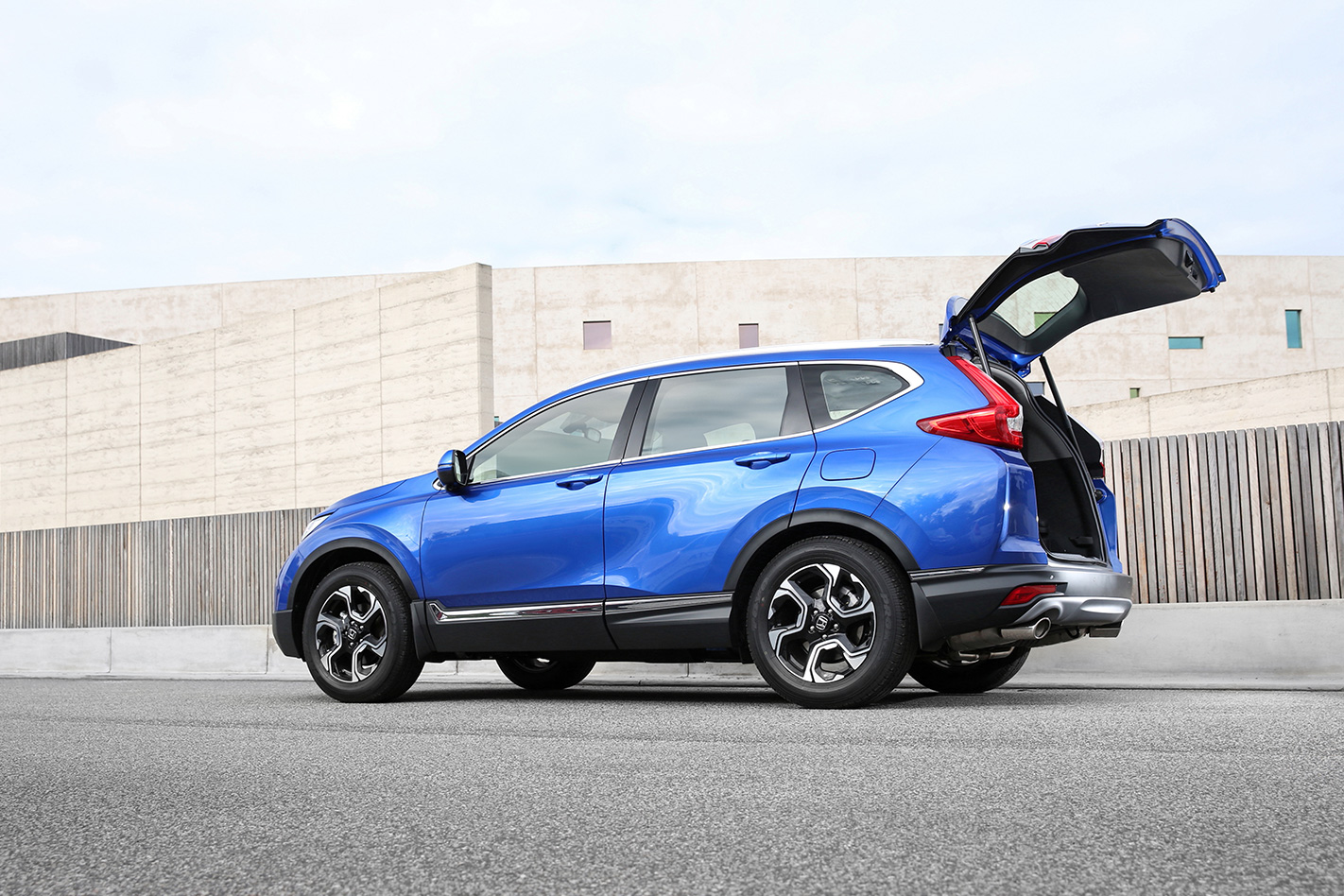
Vote for the Honda CR-V to win the 2018 Wheels Car of the Year Readers’ Choice competition

